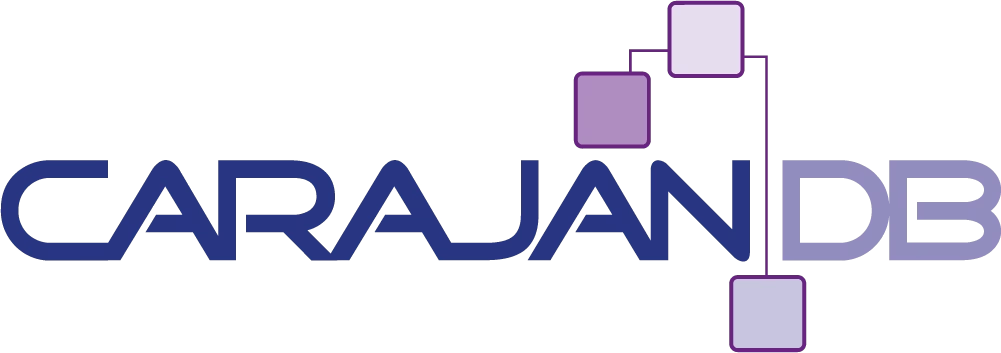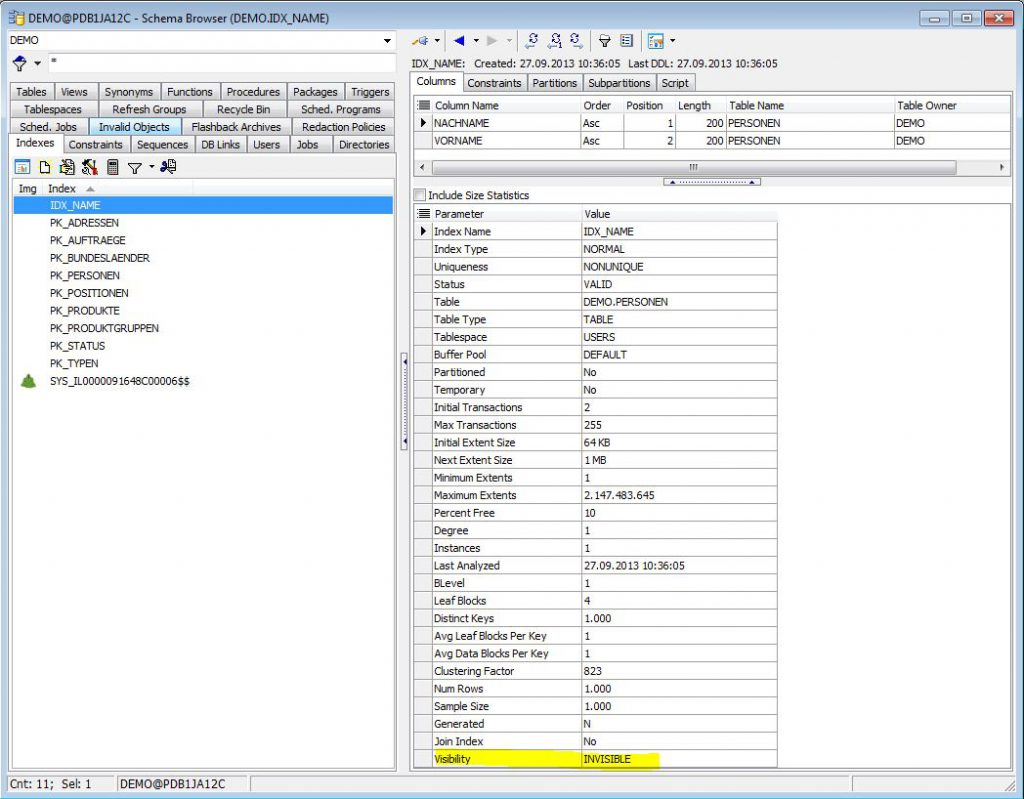How to limit CPU-Consumption of a database
With the trend to consolidate more and more databases on a single server the question arises how to limit the resource consumption of a single database. Memory can easily be limited because most of the memory is going to be allocated either for the SGA or the PGA. But what about the CPU? By default all processes from all instances are balanced across all CPUs of the server.
How to limit CPU-Consumption of a database Blogbeitrag lesen »



